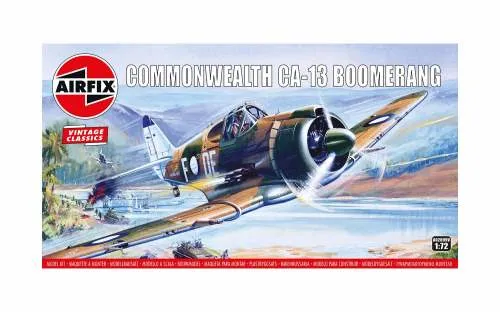The first Do-17C prototype was flown on November 23, 1934. Soon the prototype was given the type designation Do-17 V1. In May and September 1935, the first flights of the next two Do-17 V2 / V3 prototypes took place. From the very beginning, the Luftfahrtkommissariat showed great interest in the new design. The first prototype of the Do-17 V1 was built just for the needs of military aviation, while the next two were used as passenger planes. The military version of the plane had two hull bomb chambers located on the right side of its central part, which could hold five 50 kg bombs suspended vertically. The crew of the Do-17 V1 consisted of three people: the pilot sitting on the left side of the cabin, the navigator-bombardier and the shooter-radio operator sitting behind him. There were four small windows in both sides of the fuselage, providing the gunner with better visibility. Already at the beginning of 1936, mass production of the Do-17E-1 and F-1 versions was being prepared. Both versions were produced soon. The Do-17F-1 planes were deprived of sights and bomb launchers, but they were equipped with an additional fuel tank and three fixed-range cameras. In 1937, the Do-17E-2 and E-3 versions were also created, and then the Do-17F-2, which differed slightly from their predecessors in terms of equipment. A total of 536 Do-17 E and F planes were produced, including 268 at the parent plant, and the rest under license at other plants. From the beginning of 1937, these machines began to be used by Luftwaffe units. The most widely produced version was the Do-17Z model, which was made in the number of 872 copies. The plane performed well during the Spanish Civil War and the September Campaign. He also took part in the battles against France and the Battle of Britain in 1940. It suffered relatively high losses there, which meant that after 1940 it was successively replaced in line units by Ju-88 and He-111 bombers. The withdrawn Do-17 served primarily as glider tugs. Technical data (version Do-17Z): Maximum speed: 410 km / h, maximum ceiling 8200 m, radius of operation: 1010 km, armament: fixed – 6 MG15 machine guns caliber 7.92 mm, suspended – up to 1000 kg of bombs.The Boulton Paul Defiant is a night fighter built in 1937. In the mid-1930s, the RAF command ordered a two-seater fighter without fixed armament, but with strong armament in the form of coupled machine guns in a 360 ° rotating turret. According to the RAF experts’ concept, such an armed plane would be suitable for attacking enemy bombers from below, i.e. in the least defended place. In the fall of 1941.
A version of the aircraft, designated as Defiant Mk IA, appeared, which was equipped with an AI Mk 4 radar and was used as a night fighter. From February 1941, a new version of the aircraft was also launched, designated as Defiant Mk II, which differed from the previous version with a more powerful engine and the use of more modern AI Mk 6 radar. The greatest success was achieved by English pilots flying Defiant Mk I planes during the evacuation of the Allied forces from Dunkirk, when they shot down 65 German bombers. In June and July 1940. Defiant planes were in service with the 141 and 264 Fighter Squadrons of the RAF. They took part in the Battle of Britain, but due to large losses they were withdrawn from the fight, because the German pilots realized that they should be attacked from the front. From 1942. Defiant aircraft began to be used for towing air targets, initially the Mk I version was adapted to this, and then specially adapted versions designated as Defiant Mk III and Mk IIIs began to be produced. The production of this type of aircraft was completed in February 1943. Technical data: Maximum speed: 489 km / h, speed of climb: 9 m / s, maximum ceiling 9250 m, maximum range: 749 km, armament: fixed – 4 7.7mm machine guns placed in the turret.
Model Scale 1:72





Reviews
There are no reviews yet.